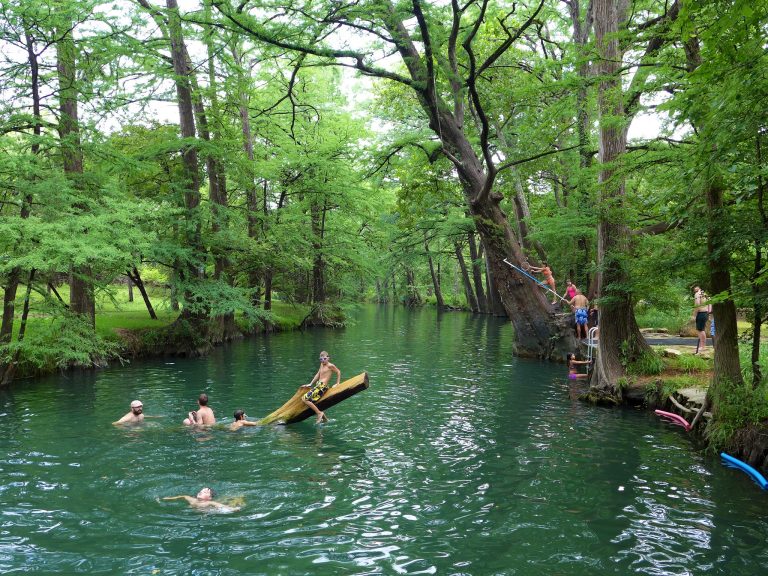At the height of summer, many of us are drawn towards the water — for relief, fun, and relaxation. While a dip in the pool is a popular pastime, swimming pools are not always an option. Public pools can be uncomfortably crowded, and may carry a hefty membership fee. Ownership is a bigger investment, which also entails regular maintenance.
Fortunately, there are many places to find splashy fun without a pool. Exploring your local bodies of water is a low-cost option that comes with the many benefits of being in nature — while bypassing the negative effects of heavily-chlorinated water.
1. Swimming holes
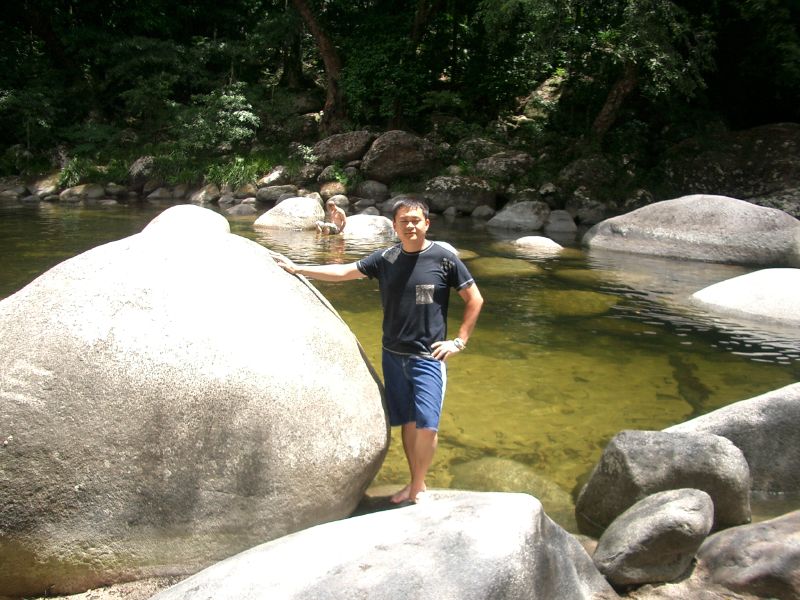
If you want to create magical memories, find a swimming hole. These hidden treasures can be found along moving bodies of water — like creeks, rivers and streams. They are deep enough for a dip, but often too small for swimming any distance.
You can search online to find your local swimming holes; or better yet, ask the old-timers in your town. Dedicate some time for exploration and discovery and you will be swimmingly rewarded!
When indulging in this refreshing dip, please remember these important safety precautions for all bodies of water:
- Never dive headfirst — it can be difficult to gauge the depth, even if you can see clearly.
- Never swim alone — no matter how great a swimmer you are, there is always a risk.
- Drinking alcohol while swimming can result in drowning.
- Wear some sort of water shoes to protect your feet from sharp objects.
- Children learning to swim should always use a lifejacket and stay within arm’s reach in and around water bodies.
Success
You are now signed up for our newsletter
Success
Check your email to complete sign up
Because swimming holes are commonly found in shady, wooded areas, you may want to consider bringing a natural insect repellent to protect you from bites, while keeping the water clean.
2. Lakes
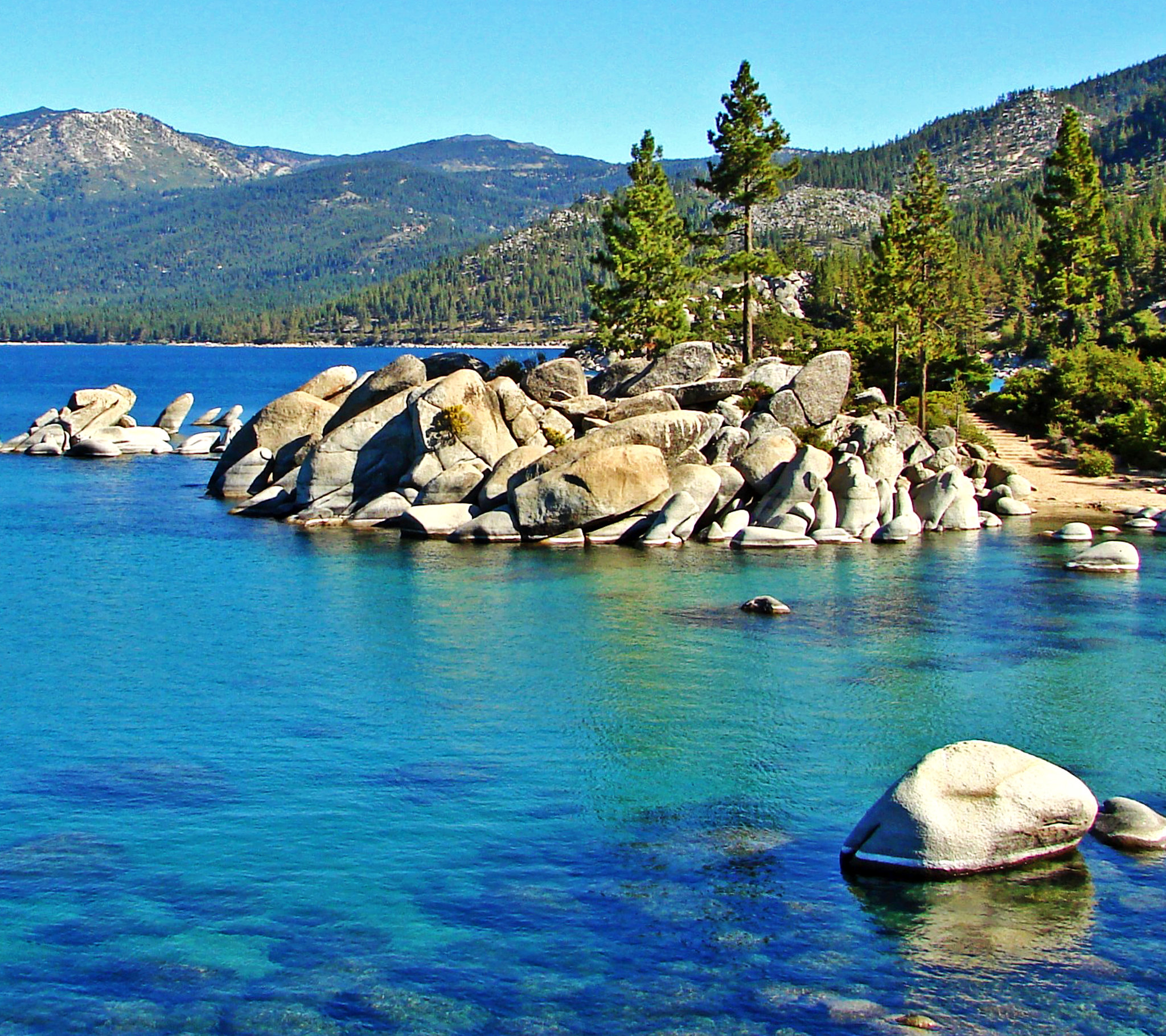
If you like a vast expanse of water that is relatively calm, aim for a lake — they are perfect for swimming, boating and fishing.
Depending on the lake, the water can range from crystal clear and icy cold, to less transparent and more comfortable; and the floor may be rocky, sandy, or mucky. Areas that are specially designated for swimming often have sand added as an amenity, but swim shoes are recommended.
Lakes are deep enough to limit the growth of aquatic plants, yet the water may appear green due to the presence of algae. Most algae is beneficial as food for fish and amphibians, but you should still check for warnings about water contaminants.
3. Ponds
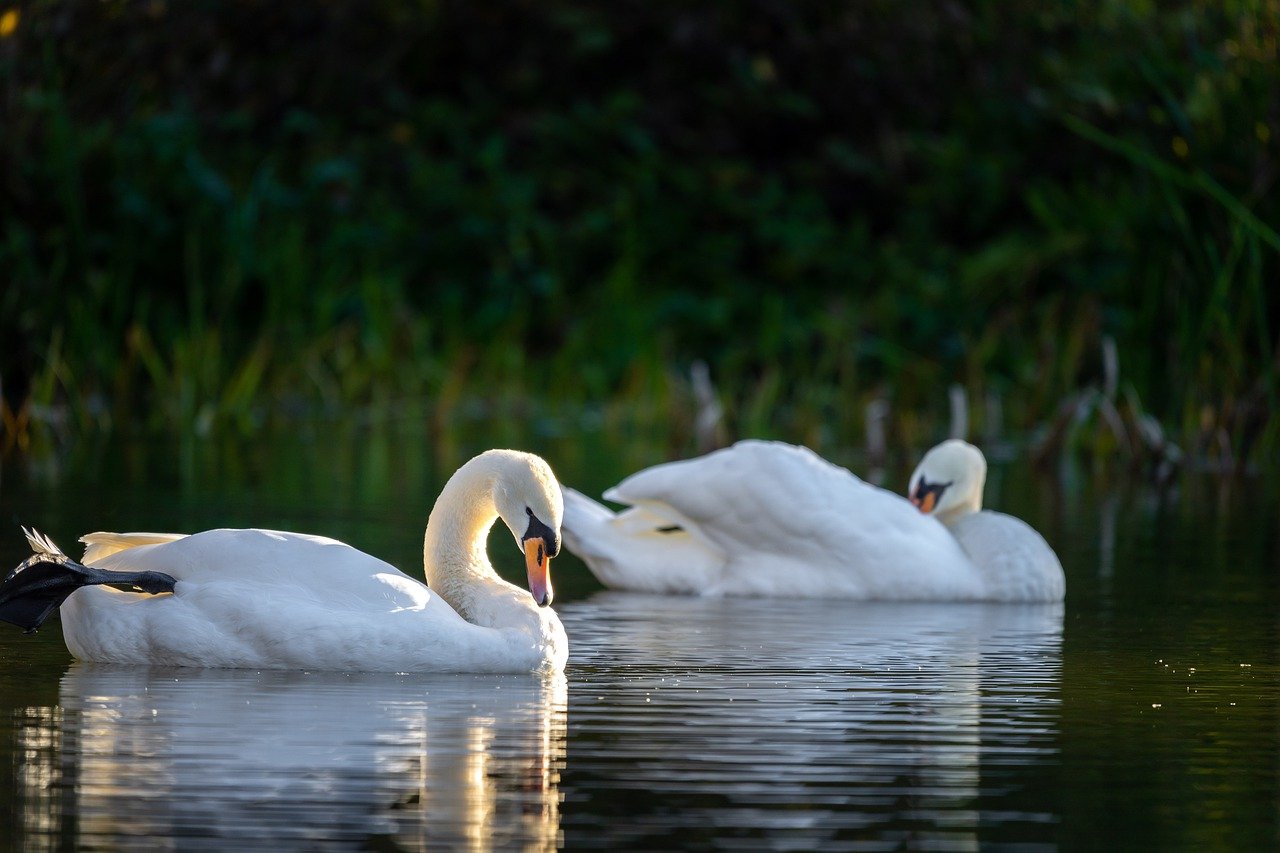
Ponds are like lakes, but smaller — usually under an acre in area, and less than 20 feet in depth. These still, shallow bodies of water are typically teeming with life — birds, fish, frogs and aquatic plants are to be expected. This makes for many opportunities to observe, listen, and learn from nature; but you’ll also want to become aware of any potential threats before taking a plunge.
Although most wildlife will steer clear of you, leeches, water snakes, or snapping turtles might make for an unpleasant surprise on any outing. Avoid swimming in the heavily vegetated areas, as this is their territory.
Please note that snapping turtles are slow to let go, so it’s best to avoid swimming with them. Leeches can be safely removed with salt, and water snakes in North America are non-venomous.
Rope swings are fairly common amenities for jumping into ponds. They can be super fun, but require additional caution:
- Make certain there are no hidden obstacles under the water.
- Hold on tight with your hands only — don’t loop your feet into the rope in any way.
- Aways let go over the water — so you don’t come back and hit the tree!
4. Falling water

Waterfalls give off a delicate mist that can help you cool off. Some waterfalls allow swimming, while others only allow soaking the feet. If you are within a national park or protected area, there may be restrictions to maintain the quality of the water and its wildlife.
The natural pools of some waterfalls have strong currents, sudden changes in flow or slippery rocks, so it is important to check for specific safety regulations. Some basic guidelines always apply:
- Never stand directly under a waterfall — you may be struck by moving branches, or even rocks.
- Never attempt to climb above or around waterfalls — for obvious reasons!
- Avoid swimming in pockets of water at the top of a falls — the current could suck you in over the falls.
If your visit to the waterfall involves hiking there and back, remember to prepare for the excursion. Bring plenty of water and snacks, and wear suitable clothes.
5. Creek walking
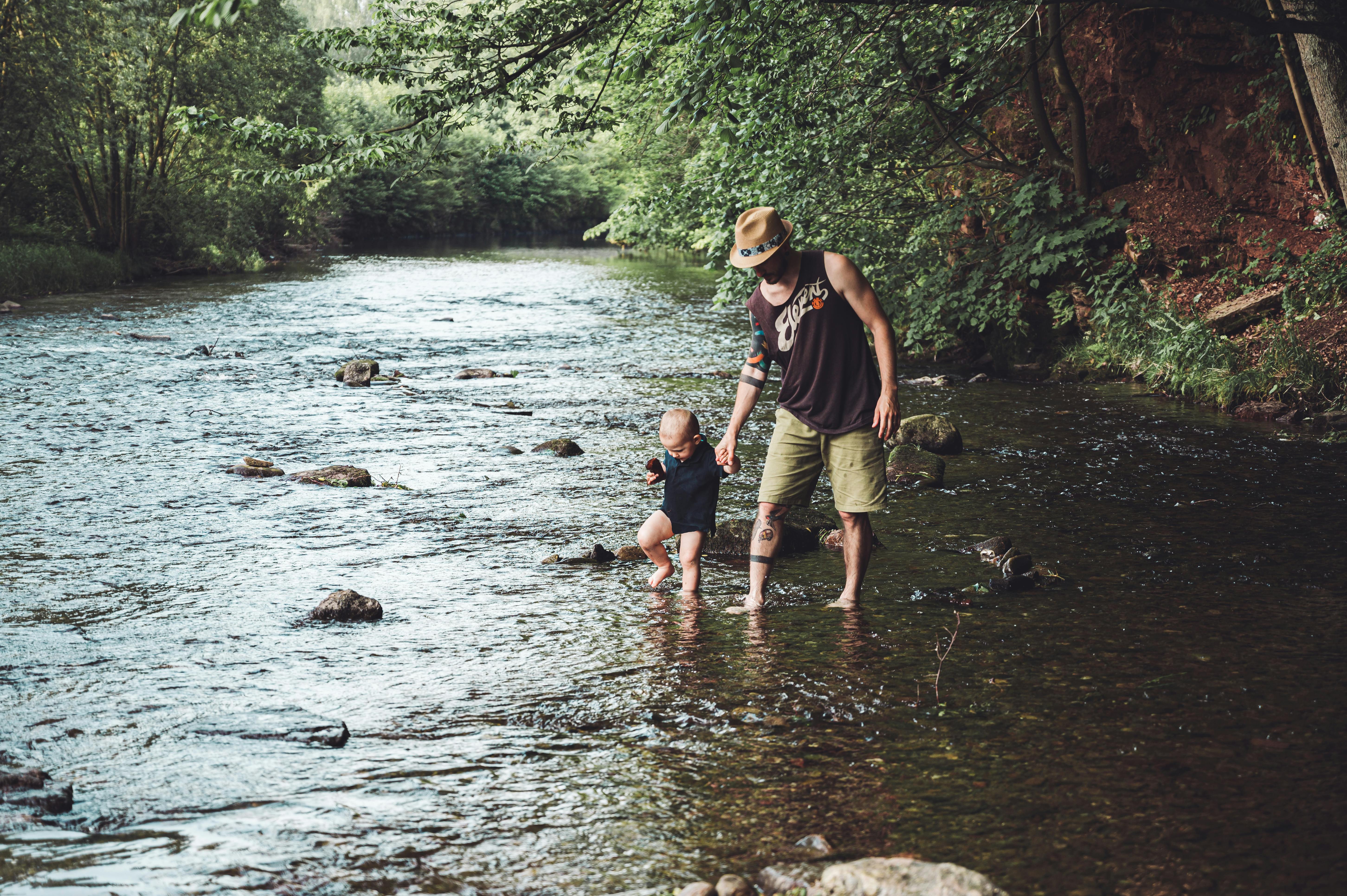
Creek walking is a great way to cool off without getting fully soaked. It is also an opportunity to get exercise and become familiar with the aquatic ecosystem.
When choosing a creek to walk, make sure you can always see the bottom, that the current is not too strong – in case you walk against it at any point – and that the path is not too rocky. Try to check the creek’s route in advance to have an idea of where it will take you.
Wear clothes that are quick-drying, and protect your feet with water shoes that fit snugly. If the bed becomes too slippery to walk, crawl on all fours to avoid falling.
Anything from minnows to mollusks, insects and amphibians may inhabit a creek.
To turn your walk into an educational experience, bring a clear, plastic container and a magnifying glass. See how many aquatic organisms you can find in a scoop of water. Also, consider bringing a small folding chair along for a comfortable place to rest while you watch for shy creatures like crayfish to venture out from under the rocks.
6. River tubing
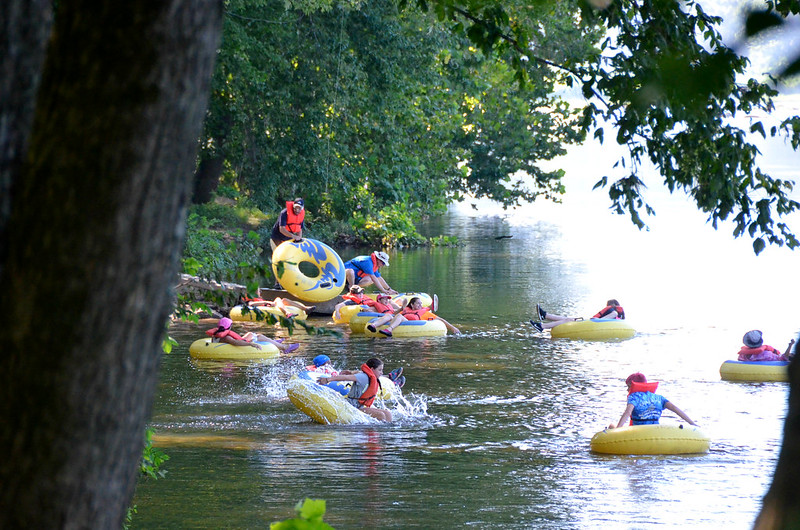
River tubing is a relaxing way to beat the heat. There’s nothing like letting yourself be carried away by the current in the comfort of an inflated vessel.
While a tubing company can provide you with a tube and a shuttle to the launch point, you can also do your own thing. Inspired by the traditional, black, rubber inner tubes from tractor tires, modern “tubes” are colorful, vinyl, and not-necessarily tube-shaped. Some can be towed, and others can alternate as winter sleds. Think about how you might use a tube before making this small investment.
When selecting your tubing site, check the river levels and flow rates to make sure it meets the local guidelines for safe tubing. Find your access points in advance and choose one that’s convenient.
Plan your river route and have an idea of where you would like to end the adventure. Rivers are dynamic bodies of water, so life jackets are a must; and snacking while tubing is not recommended.
Since you might be exposed to the sun for several hours, remember to protect your eyes and your skin from its UV rays.



